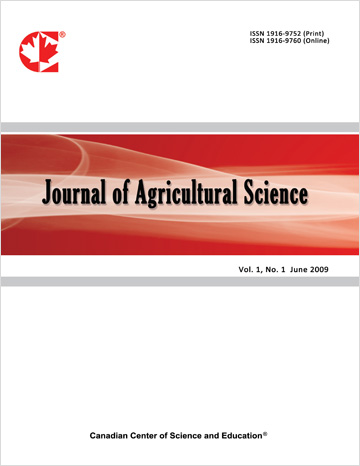Investigation of Palmer Amaranth (Amaranthus palmeri S. Watson) Resistance to Mesotrione (Group 27: HPPD Inhibitors) in Mississippi
- Taghi Bararpour
Abstract
Palmer amaranth is one of the most problematic and damaging weeds in agronomic crops throughout the southern United States. Greenhouse research was conducted at the Delta Research and Extension Center in 2020 and 2021, to investigate possible Palmer amaranth resistance to mesotrione (Callisto) and its distribution in Mississippi. Palmer amaranth from various Counties (random) of Mississippi were sampled in 2017. Seedheads from about 52 samples (from different County) were processed to obtain clean seed. In 2020, forty of the Palmer amaranth populations out of 52 samples tested had survivors ranging from 1 to 53% from 1 X rate (0.105 kg ai ha-1) of mesotrione application. Palmer amaranth control from mesotrione application was less than 60% for the Bolivar-1, Bolivar-2, Bolivar-4, Holmes-1, Leflore-1, Leflore-3, Tonica-4, and Washington-5 Counties (ranging from 41 to 53% survivors). In 2021, seeds from survivor plants (F1 progeny) were planted on September 21, 2021, in a tray and emerged on September 24. Seedlings were thinned to about 100 plants per population and sprayed at 2- to 4-leaf stage on October 13 with mesotrione at 0.105 (1 X = recommended rate), 0.21 (2 X), and 0.42 (4 X) kg ai ha-1 + COC at 1% v/v. The F1 progeny from Warren-3, Leflore-1, Sunflower-3, Tallahatchie-3, and Tunica-4 had 56, 57, 70, 86, and 88% survivors from mesotrione application at 4X rate.
- Full Text:
 PDF
PDF
- DOI:10.5539/jas.v17n5p12
Journal Metrics
- h-index: 67
- i10-index: 839
- WJCI (2023): 0.884
- WJCI Impact Factor (2023): 0.196
Index
- AGRICOLA
- AGRIS
- BASE (Bielefeld Academic Search Engine)
- Berkeley Library
- CAB Abstracts
- ChronosHub
- CiteSeerx
- CNKI Scholar
- Copyright Clearance Center
- CrossRef
- DESY Publication Database
- DTU Library
- e-Library
- EBSCOhost
- EconPapers
- Elektronische Zeitschriftenbibliothek (EZB)
- EuroPub Database
- Excellence in Research for Australia (ERA)
- Google Scholar
- Harvard Library
- IDEAS
- iDiscover
- Jisc Library Hub Discover
- JournalTOCs
- KindCongress
- LIVIVO (ZB MED)
- LOCKSS
- Max Planck Institutes
- Mendeley
- MIAR
- Mir@bel
- NLM Catalog PubMed
- Norwegian Centre for Research Data (NSD)
- Open J-Gate
- OUCI
- PKP Open Archives Harvester
- Polska Bibliografia Naukowa
- Qualis/CAPES
- RefSeek
- RePEc
- ROAD
- ScienceOpen
- Scilit
- SCiNiTO
- Semantic Scholar
- SHERPA/RoMEO
- Southwest-German Union Catalogue
- Standard Periodical Directory
- Stanford Libraries
- SUDOC
- Swisscovery
- Technische Informationsbibliothek (TIB)
- Trove
- UCR Library
- Ulrich's
- UniCat
- Universe Digital Library
- WorldCat
- WRLC Catalog
- Zeitschriften Daten Bank (ZDB)
Contact
- Anne BrownEditorial Assistant
- jas@ccsenet.org
